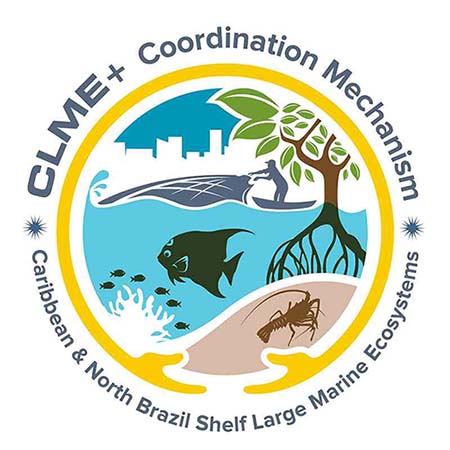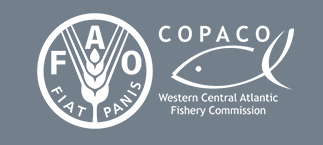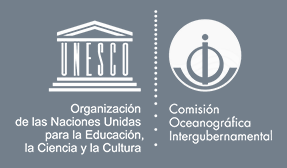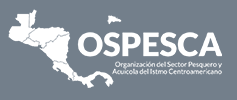Displaying 893 results.
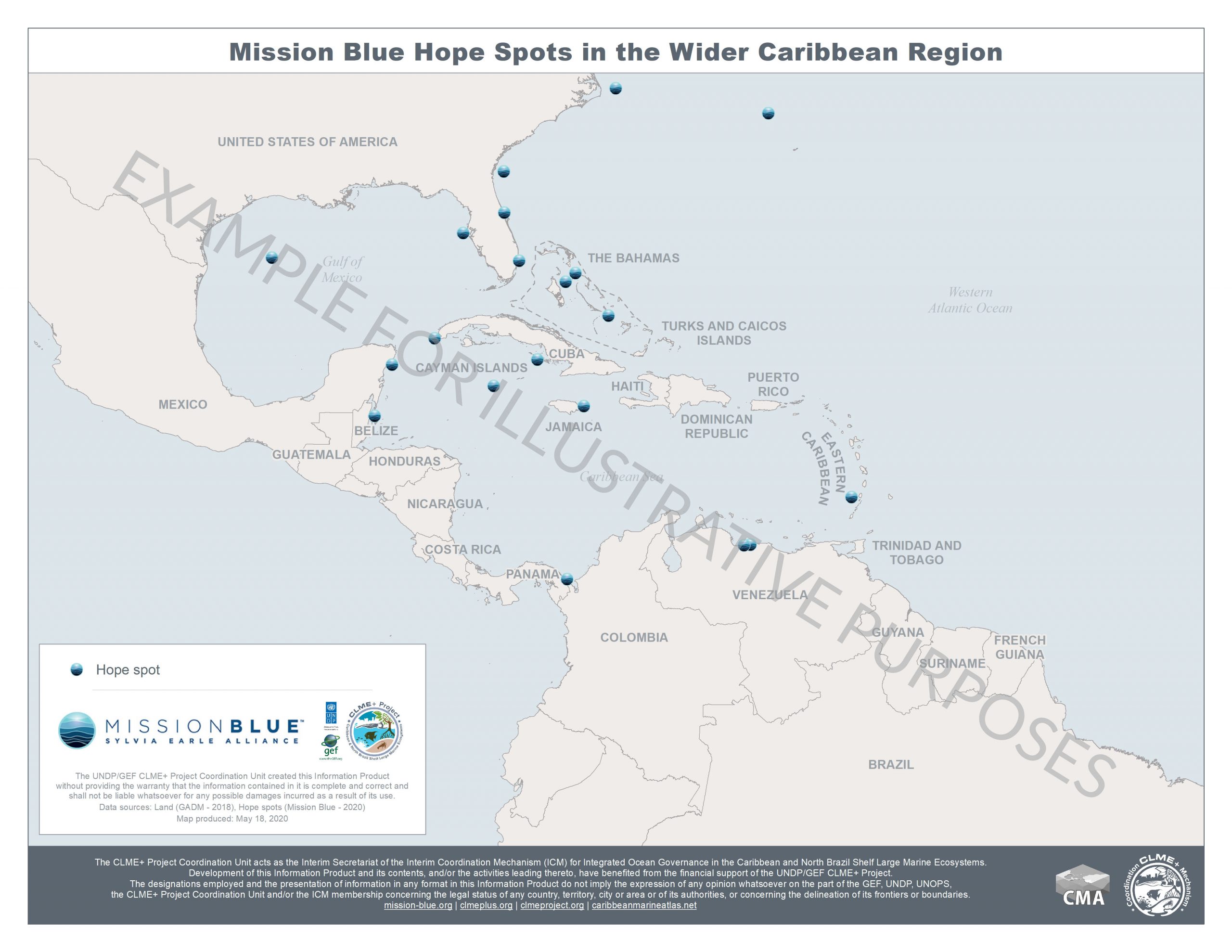
Mission Blue Hope Spots in the Wider Caribbean Region
Author: CLME+ PCU
Year: 2020
Keywords: Mission Blue Hope Spots in the Wider Caribbean Region
 7
7


 Report issue
Report issue
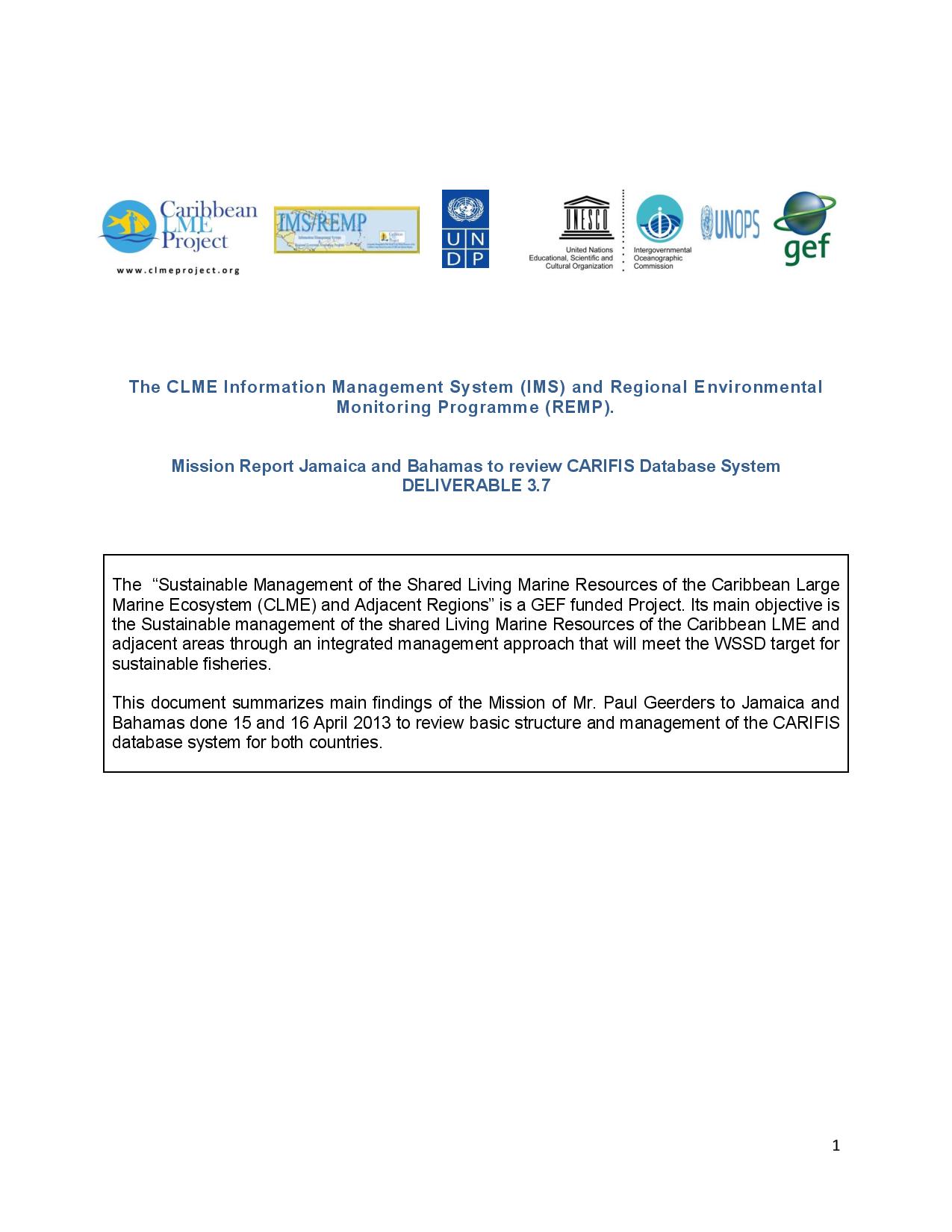
Mission Report Jamaica and Bahamas to review CARIFIS Database System – Deliverable 3.7
This document summarizes main findings of the Mission of Mr. Paul Geerders to Jamaica and Bahamas done 15 and 16 April 2013 to review basic structure and management of the CARIFIS database system for both countries.
Author: Geerders, P.
Year: 2013
Keywords: CLME Information Management System (IMS) Regional Environmental Monitoring Programme (REMP) Mission Report Jamaica and Bahamas
 4
4


 Report issue
Report issue

Modelled Zone of Effect and Threat from Inland Pollution and Erosion
Author: CLME+ PCU
Year: 2020
Keywords: Modelled Zone of Effect and Threat from Inland Pollution and Erosion
 3
3


 Report issue
Report issue
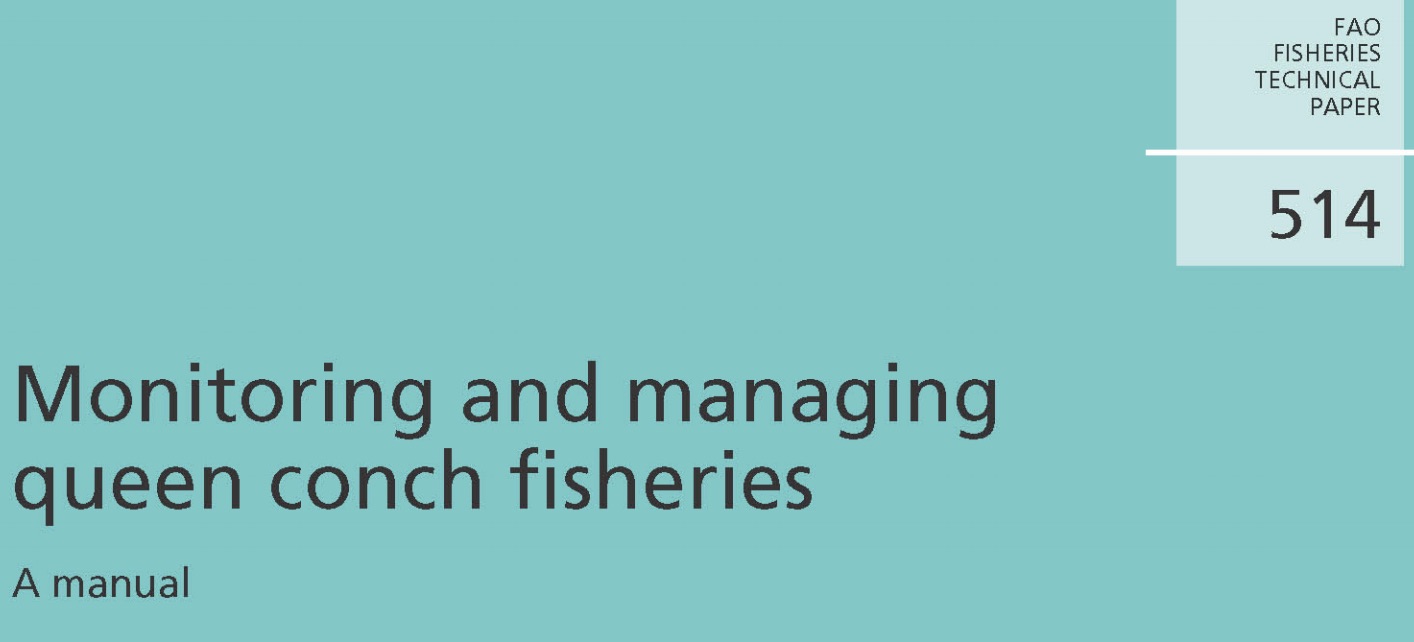
Monitoring and Managing Queen Conch Fisheries: A Manual, FAO 2008
This publication presents guidelines on the requirements for responsible management of the fisheries exploiting Caribbean queen conch (Strombus gigas), with particular emphasis on the requirements to comply with the relevant regulations of the Convention on International Trade in Endangered Species of Wild Fauna and Flora (CITES). The Caribbean queen conch is listed on Appendix II of the CITES, which requires that any specimen of the species can only be exported if a permit has been issued to allow the export. Further, CITES states that export permits should only be issued when the responsible authority has deemed that the export will not be detrimental to the survival of that species. This manual describes the basic fisheries management cycle which includes: development and interpretation of policy; the need for management controls to regulate fishing activities; data collection and analysis; decision-making; enforcement of and compliance with the management controls; and regular feedback and review of the management system. It provides general guidance on each of those steps for the queen conch fisheries of the Caribbean. It also provides three examples of management systems for industrial, artisanal and non-directed fisheries. Part 1 covers the main issues and examples in a relatively non-technical manner and Part 2 explains similar issues in a more technical manner.
Author: Medley, P.
Year: 2008
Keywords: Queen Conch Working Group caracol rosado grupo de trabajo grupo de trabajo del caracol rosado Caracol Rosado, Working Group, queen conch
 4
4


 Report issue
Report issue

Mt. Plaisir Estate Hotel: A local green-blue enterprise in Trinidad and Tobago
This case study reflects findings of a process using CANARI’s Local Green-Blue Enterprise Radar1. This is
a tool to help local community small and micro-enterprises assess how they are delivering ‘triple-bottom
line’ benefits (economic, environmental and social) and good governance, and what are possible areas
for improvement. A focus group session is facilitated with members of the enterprise and they are
asked to assess how they think that the business is doing based on a set of indicators. Each indicator is
discussed, and members agree on a ranking for each. The ranking for each indicator is placed on a
spider diagram, which visually represents a snapshot of how the enterprise is delivering benefits. The
rich discussion helps members of the enterprise work together to assess how they are doing and areas
where they want to grow.
Author: CANARI
Year: 2019
Keywords:
 4
4


 Report issue
Report issue
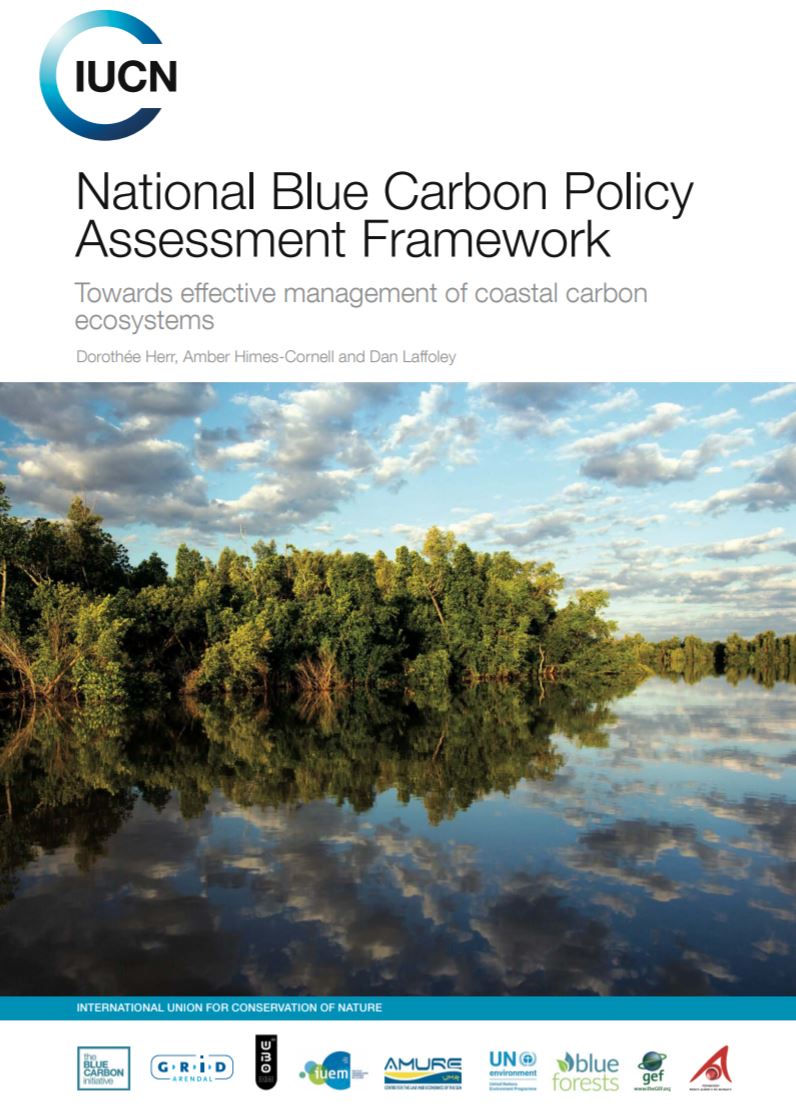
National blue carbon policy assessment framework
The value and role of mangroves, saltmarshes and seagrasses for climate change mitigation was established back in 2009 by reports by IUCN and UNEP to focus attention on addressing a critical gap in national carbon accounting and management. Despite the acknowledgement of the importance of these ecosystems in stemming climate change, many countries have yet to prepare for and implement targeted climate and carbon policies for coastal carbon ecosystems alongside other coastal priorities, challenges and demands. This National Blue Carbon Policy Assessment Framework is helping to do just that. Using a detailed Assessment Tool, coupled with field-testing in five countries, the National Blue Carbon Policy Assessment Framework provides countries with a straightforward, structured and easy-to-apply five-step assessment framework. By applying the National Blue Carbon Policy Assessment Framework countries can achieve a first order analysis leading to a more comprehensive and integrated approach to coastal management, with clear answers of whether and when climate and carbon related policies and mechanisms make sense for them, and how they can be aligned with existing coastal regulation and policies.
Author: Herr, D., Himes-Cornell, A., Laffoley, D.
Year: 2016
Keywords: Climate, Change, Marine, Ecosystems, mangroves, saltmarshes, seagrasses, carbon blue carbon, mangroves, marine habitats
 4
4


 Report issue
Report issue

National Intersectoral Coordination Mechanisms (NICs) Final Report
Sustainable governance of marine resources is dependent, in part, on understanding the full range of services provided, how they are linked and identifying all the relevant stakeholders and their capacities. Therefore, assessment tools and supporting governance mechanisms should be in place. There is a need for more empirical evidence to demonstrate actual benefits that can be derived from having multi-stakeholder, multi-sector governance structures. Intersectoral coordination is perceived to be critical to the development and sustainable management of coastal and marine ecosystems.
The CLME+ Project recognises the importance of and need for national-level intersectoral coordination within the CLME+ region, in order to achieve national, regional and international goals. This report outlines the status of national intersectoral coordination mechanisms (NICs), highlighting notable progress (i.e. confirming NICs exists and their establishment or strengthening)
Author: CERMES
Year: 2019
Keywords:
 12
12


 Report issue
Report issue
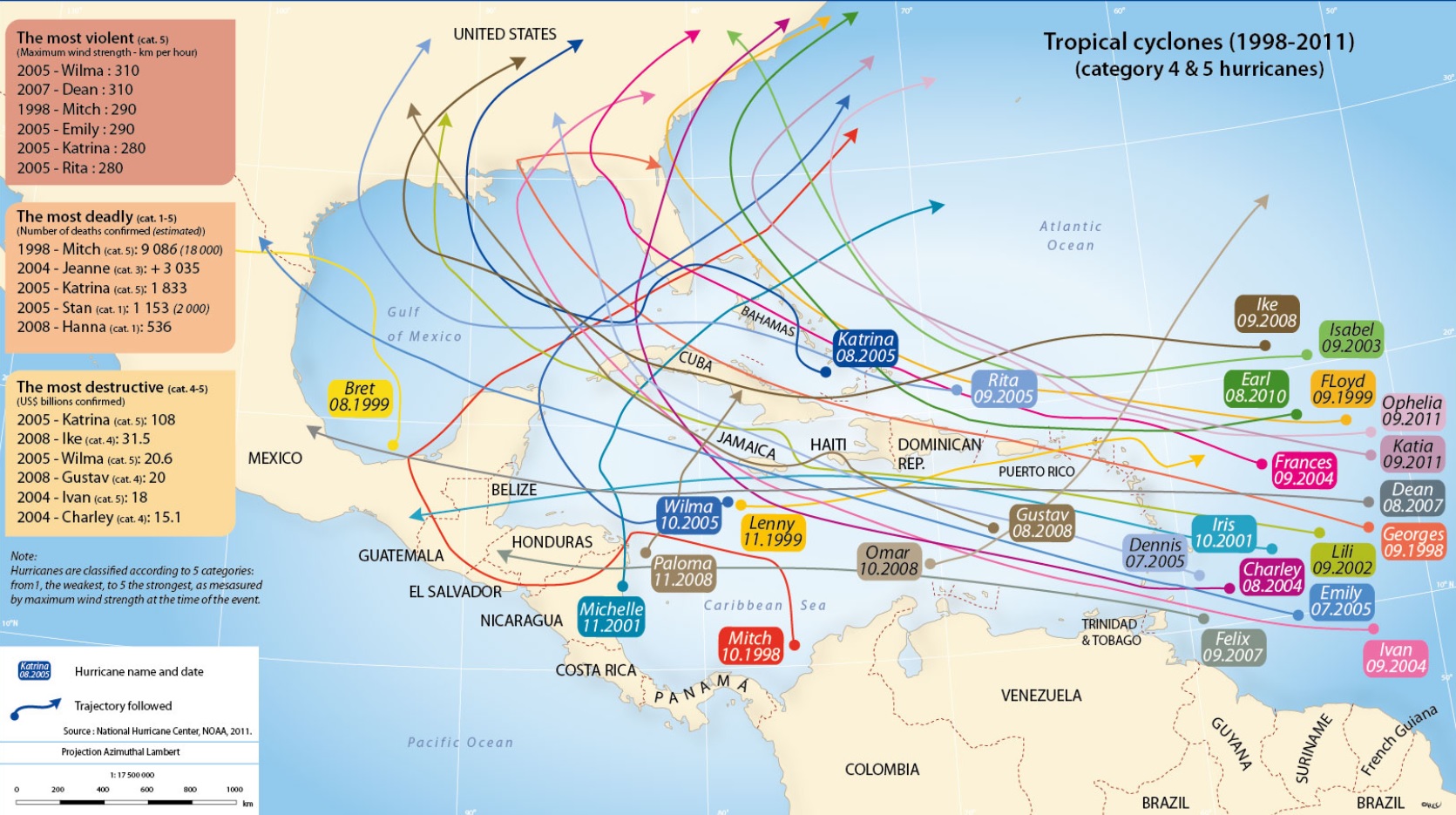
Natural Hazards: Tropical cyclones in the Caribbean
The 2005 Atlantic hurricane season was the most active season in recorded history, with 28 tropical storms of which 15 became hurricanes. Of these, seven strengthened into major hurricanes: 2 reached Category 3 strength, 1 Category 4 and a record four reached Category 5 strength – Emily, Katrina, Rita et Wilma –. Three years after Hurricane Katrina devastated New Orleans, Gustav and Ike caused widespread damage in the summer of 2008 across the Caribbean, notably Haiti, Jamaica, the Dominican Republic, Cuba and the US, in one of the mostly costly hurricane seasons in history, likely to reach $25 billion. In contrast, the years 2009, 2010 and 2011 were relatively spared from extreme cyclonic events in the force 4 to 5 range of magnitude. The continual and active presence of tropical storms across the region meant that different countries were obliged to maintain an unavoidable level of vigilance in a zone where, since 1998, more than 20 very violent cyclones had alone caused hundreds of millions of dollars of damage and tens of thousands of deaths. This map illustrate the behavior of category 4 & 5 hurricanes in the Caribbean from 1998 to 2011.
Author: AREC
Year: 2011
Keywords:
 4
4


 Report issue
Report issue

Nature Based Solutions To Enhance Coastal Resilience
The purpose of this policy brief is to provide the Inter-American Development Bank (IDB) and its audiences with a broad overview of the importance of coastal natural capital for sustainable development. The brief highlights the role of nature-based infrastructure and integrated solutions for building coastal resilience and proposes critical areas of work to effectively address development challenges in Latin America and the Caribbean.
Author: Schueler, K.
Year: 2017
Keywords: marine habitats
 4
4


 Report issue
Report issue

Nature Seekers: A photo case study on rural enterprise clusters supporting conservation
Nature Seekers is a non-governmental organisation focused on turtle conservation based in Matura, Trinidad and Tobago. It has created a cluster of community enterprises which generate jobs and multiple income streams to support turtle and ecosystem conservation. This photo case study examines Nature Seekers’ jewellery and tourism clusters, which contribute to SDG 11 Sustainable Cities and Communities, SDG 14 Life Below Water, SDG 15 Life on Land and SDG 12 Responsible Consumption and Production.
Nature Seekers used the Local Green-Blue Enterprise (LGE) Radar; developed and piloted by the Caribbean Natural Resources Institute (CANARI), to examine their clusters in May 2019.
Healthy leatherback turtle populations are key to the eco-tourism services offered by Nature Seekers rural Enterprise cluster. The enterprise offers Turtle Watching tours, which gives visitors an up-close experience with “one of the world’s oldest pre-historic animals”, the Leatherback Sea Turtle. Tours are available nightly during turtle nesting season – March to August. Recognising the unique value of turtle preservation to the entire enterprise cluster, the group only grants access to tour groups who use Nature Seekers’ official community guides, whose work alsoincludes protecting nesting sites from poachers, and bottle collection.
Author: CANARI
Year: 2020
Keywords:
 4
4


 Report issue
Report issue
